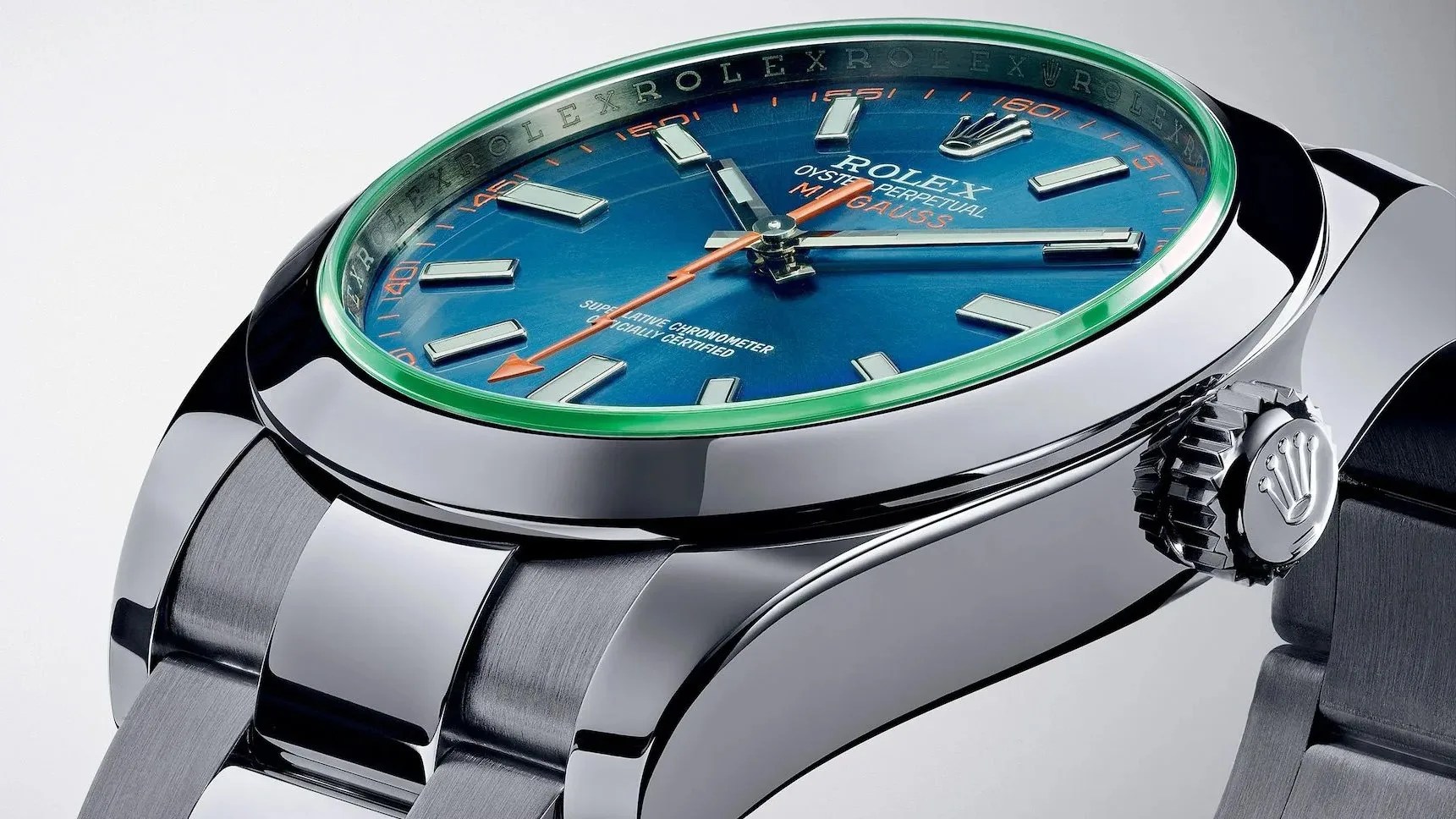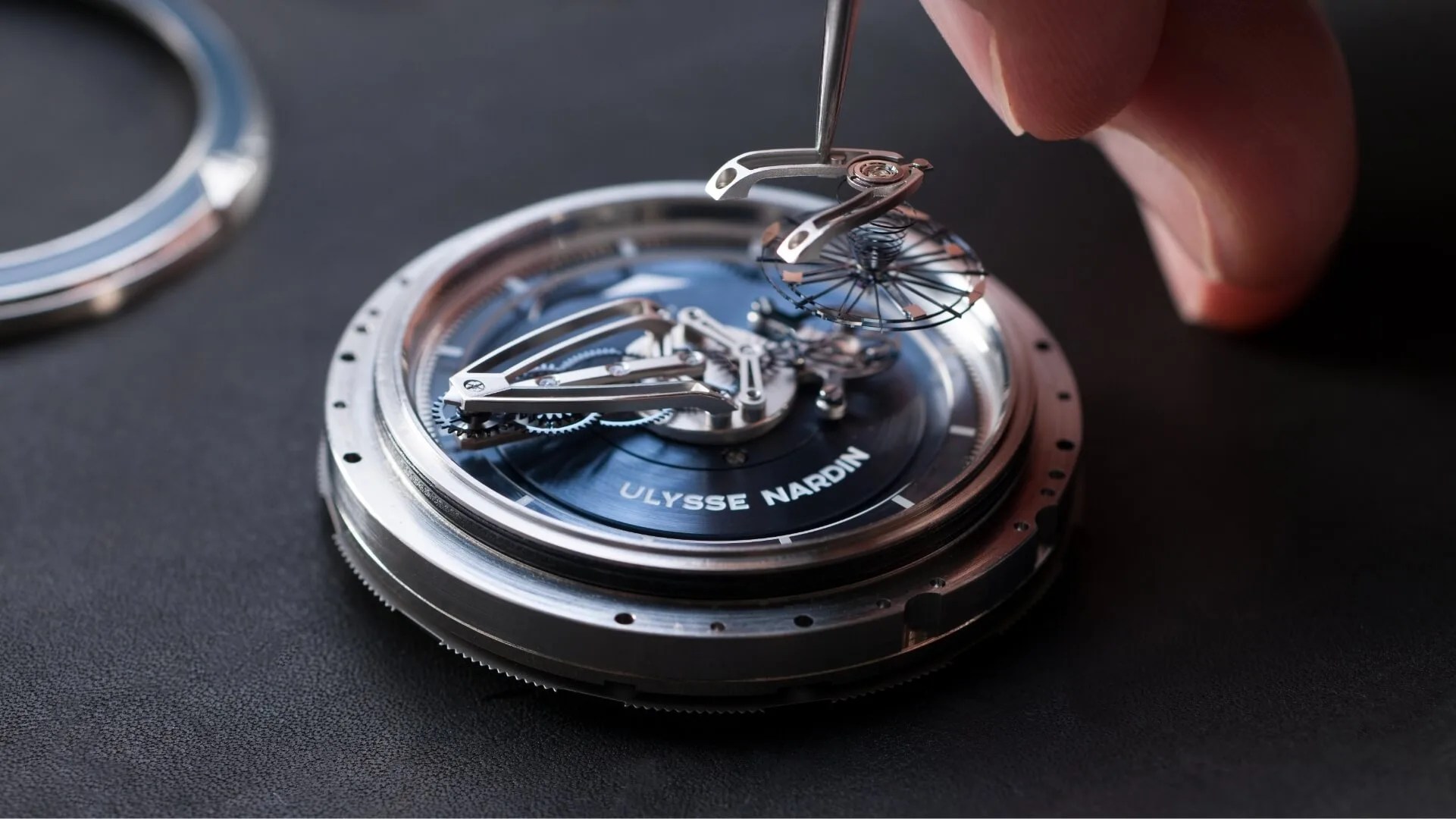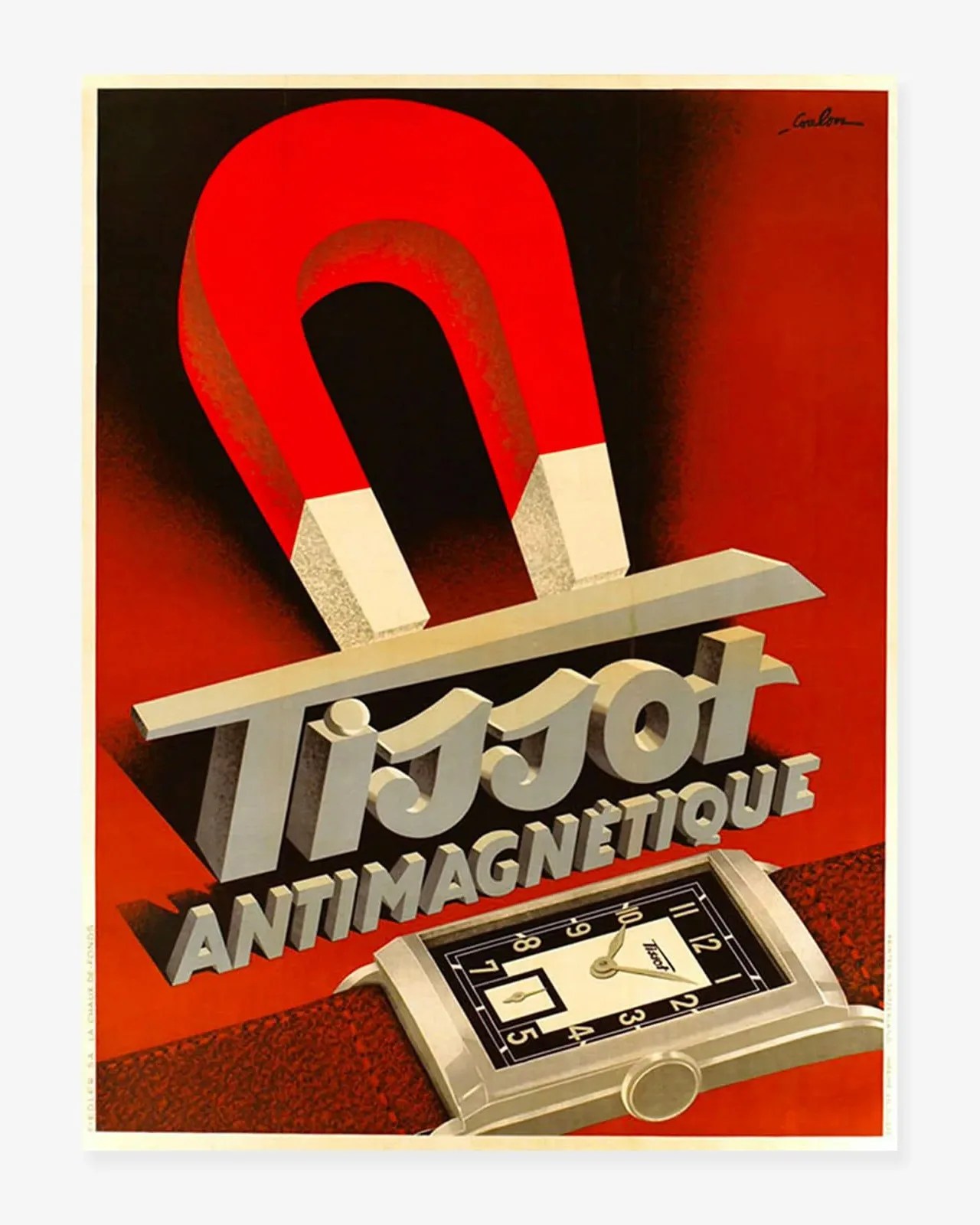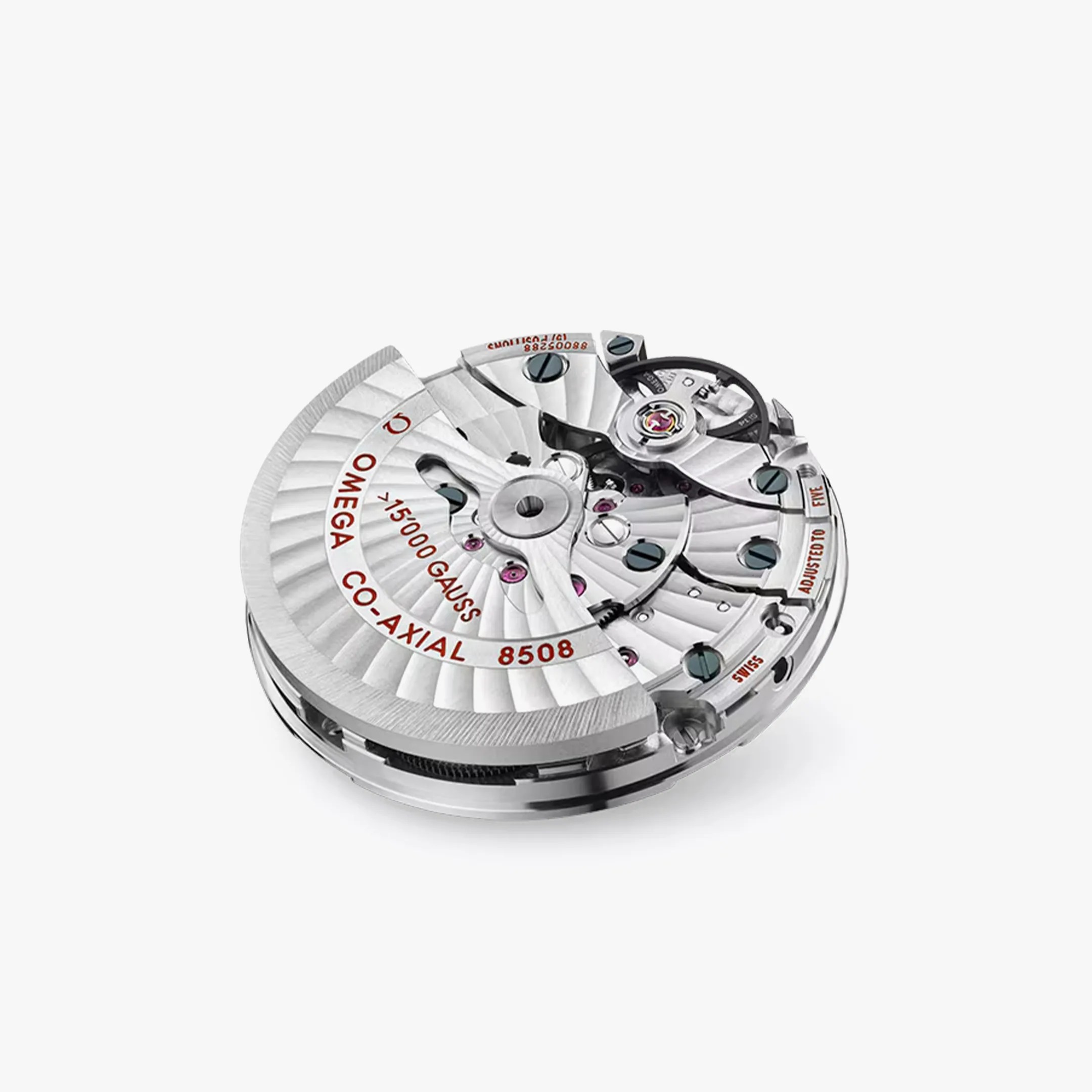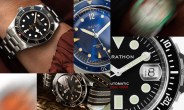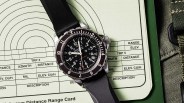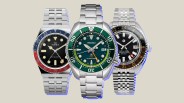Companies and collectors alike love to brag about their anti-magnetic watches and how many gauss they can withstand. If you’ve wondered what that means and why it’s a big deal, you’re surely not alone.
What is an anti-magnetic watch, anyway? Is it really that important? And what’s up with that funky seconds hand on the Rolex Milgauss? Here’s everything you need to know.
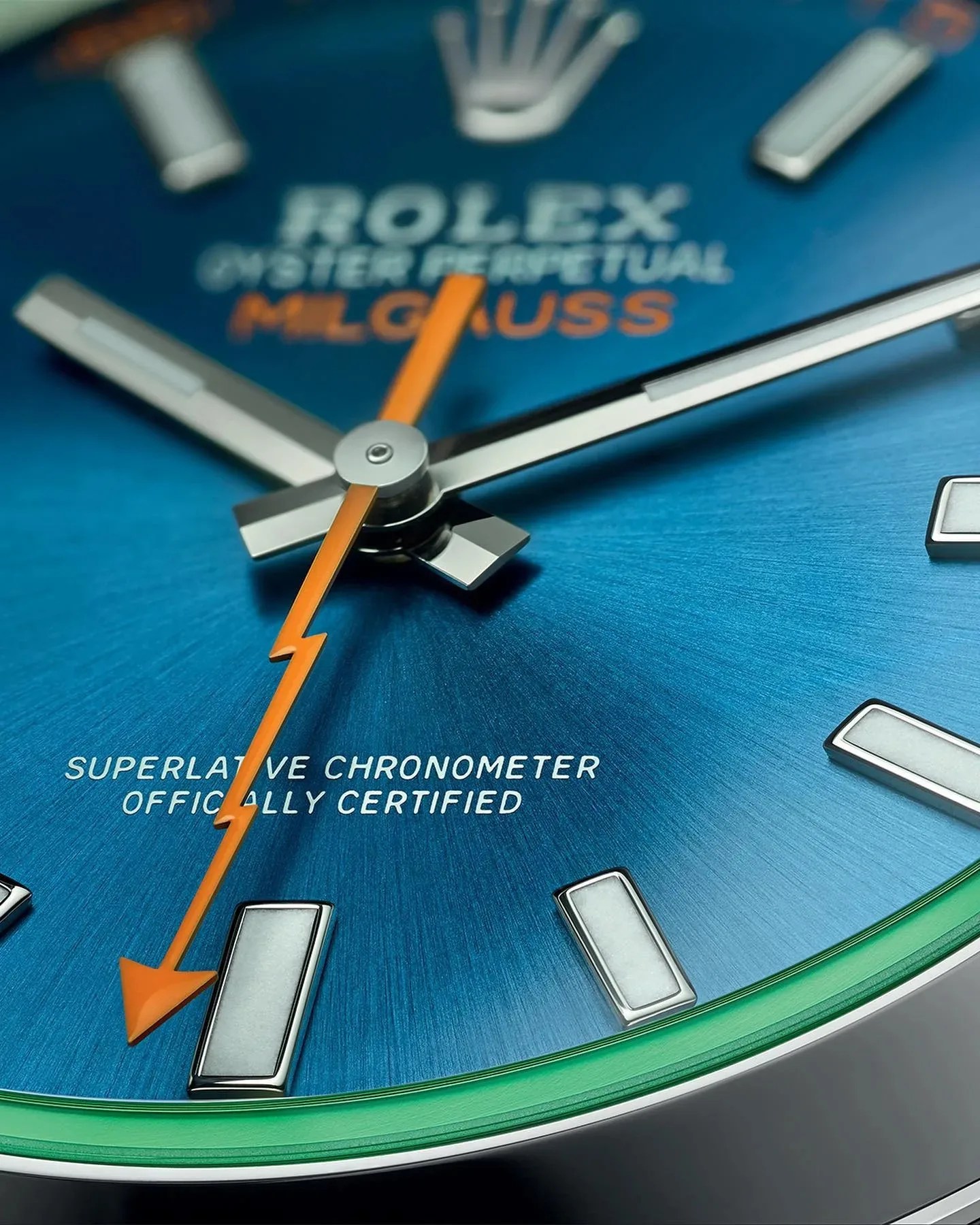
How do magnetic fields affect watches?
Magnetic fields are one of the most common factors negatively affecting the accuracy of a mechanical watch. Internal watch parts made of metal can become magnetized when introduced to these fields.
The most common target is the balance spring: the long, curled-up strip of metal that oscillates in conjunction with the balance wheel, regulating the ticking of a watch. When the balance spring becomes magnetized, it sticks to itself, effectively becoming shorter. This causes the watch to oscillate faster — and ultimately to run fast.
When the balance spring becomes magnetized, it sticks to itself. This causes the watch to run fast.
That’s the most common problem, anyway; exposure to magnetism can also interfere with the balance spring’s temperature compensation, causing the watch to run at different rates in different temperatures.
